Gazing at the mesmerizing patterns of the galaxy flower will transport your imagination to the vast expanse of interstellar space. This particular type of Petunia cultivar boasts a stunning appearance that resembles a starry night sky, complete with numerous celestial objects. With its otherworldly beauty, the Night Sky flower is an excellent option for those looking to add a touch of the universe to their landscape.
If you’re interested in growing these sparkling blossoms in your garden, it’s important to familiarize yourself with their unique characteristics. In the following article, we’ll explore some key information about these beautiful Petunias. So, read on to learn more and get ready to bring a touch of the cosmos to your outdoor space!
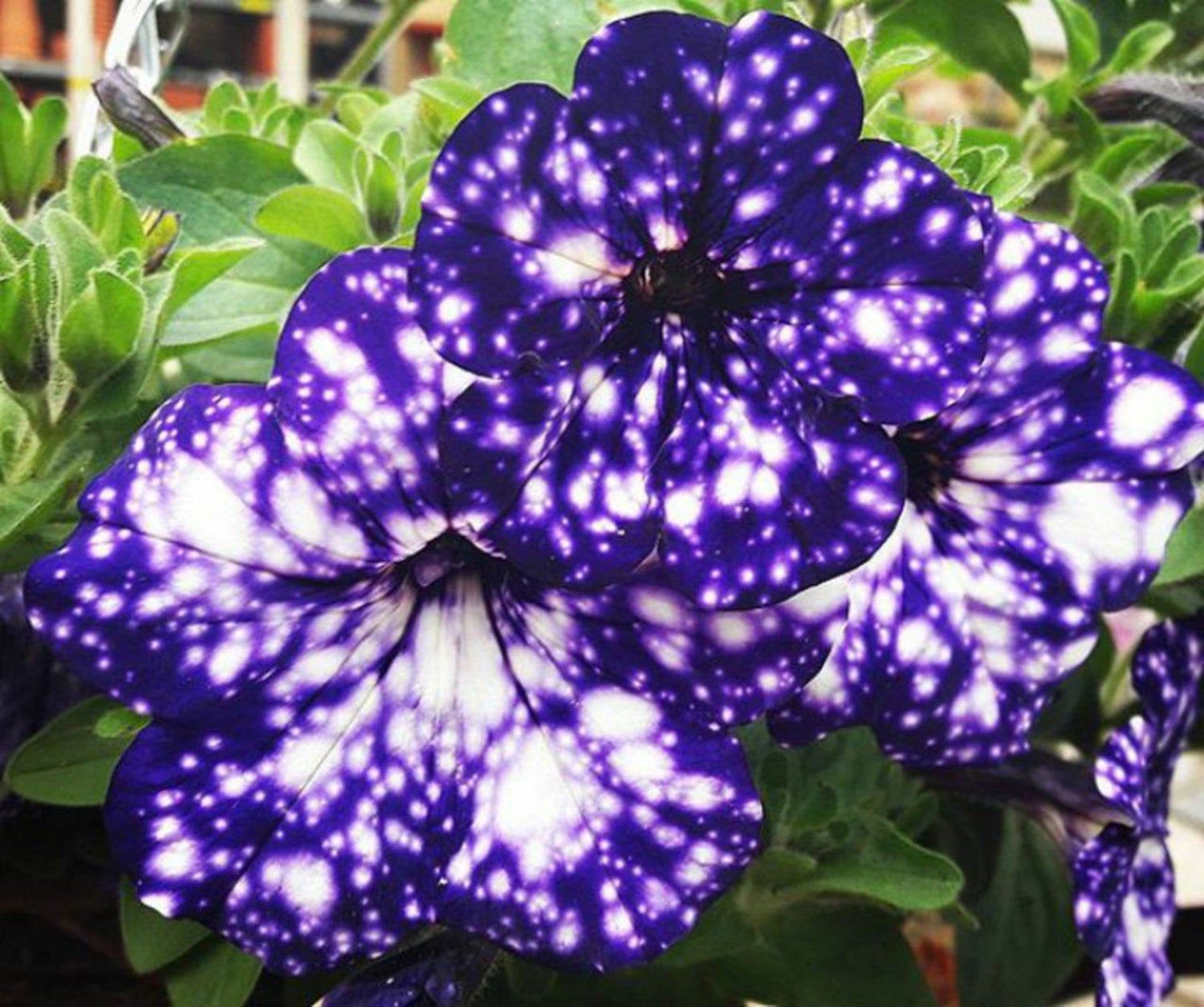
The Galaxy Petunia, scientifically known as Petunia Night Sky, is a stunning flower with green foliage and a range of purple, blue, and white blooms that appear in early summer, fall, and late spring. This annual plant boasts funnel-shaped flowers and sessile leaves, making it a popular choice for insect pollination. With a compact upright and sprawling growth habit, this herbaceous plant is perfect for use as fillers in containers.
One of the standout features of the Night Sky bloom is its bold purple petals, which are marked with white dots for a striking contrast against the light green leaves. Growing to a height of 25-41 centimeters and spreading at a width of 61-91 cm, this semi-trailing plant requires ample space between individuals to thrive – typically around 23-31 cm apart.
In addition to its beauty, the Galaxy Petunia has several interesting facts that make it a fascinating plant to cultivate. For example, did you know that it was first discovered in 2015 by a Dutch breeder who spent years working to create its unique coloring and pattern? This flower’s mesmerizing appearance has also earned it the nickname “Starry Night” due to its resemblance to the famous painting by Vincent Van Gogh. Whether grown in your backyard or added to a container garden, the Galaxy Petunia is sure to dazzle all who see it.

The Galaxy flower is a fascinating plant that boasts unique white spots on its petals. What’s more, no two petal patterns are the same, and the number of white splotches varies depending on the temperature. When it’s cool, the petals will be mostly white, while warmer temperatures will cause them to turn purple. However, a balance between warm days and cold nights can produce both colors.
Another interesting flower is the Petunia, which is known for its remarkable diversity in colors. It can display shades of red, yellow, pink, white, and various patterns. This celestial flower is closely related to tobacco, eggplants, and potatoes.
The Galaxy flower was bred in 2015 as an improvement on the Night Sky variety. Its high-quality features have made it one of the most attractive cultivars today. These beautiful blossoms can be used to decorate flower beds, attract butterflies and hummingbirds, give a pleasant fragrance, function as ground cover, and be grown as houseplants in containers.
In addition to its white spots, the Galaxy flower also comes in other unique colorations, such as magenta, lavender, and royal purple shades. These various sizes of speckles give the petals a shimmering appearance, like stars in the night sky. Compared to the Galaxy rose, which has a holographic coating, the Petunia is more appealing and has a heavenly aroma.
Overall, the Galaxy flower is a stunning plant with a lot of versatility. Its unique features and attractive colors have made it a popular choice among gardeners and flower enthusiasts alike.
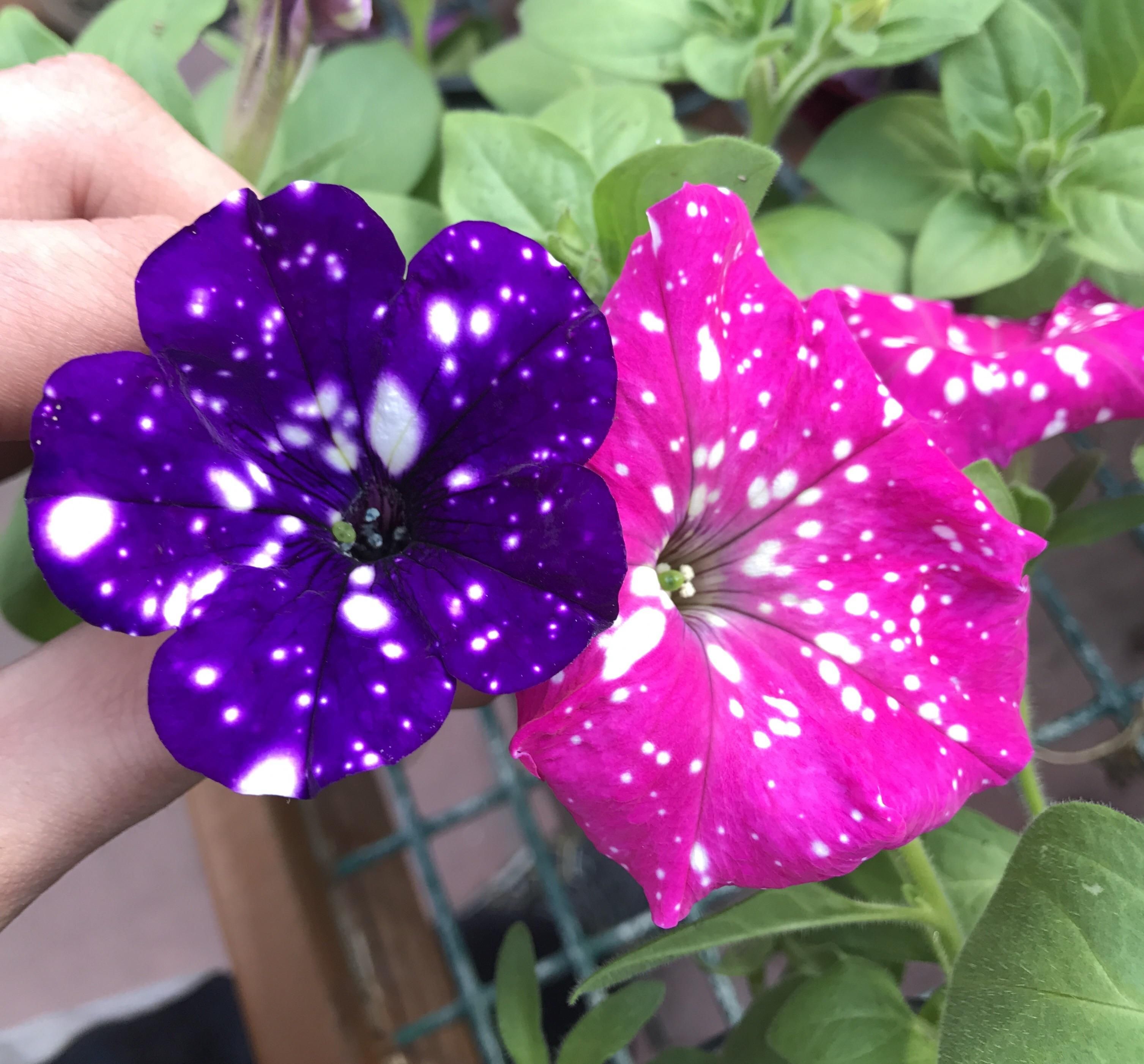
The Solanaceae family boasts 35 different species of Petunia, with both single and double-bloom varieties available. Among the Galaxy cultivars, there are three particularly stunning types: Night Sky, Pink Sky, and Violet Gemini. Night Sky features deep purple flowers that sit atop dark grayish-green ovate leaves with sticky-hairy surfaces. This mound-shaped perennial is perfect for container gardening or as a beautiful addition to any garden bed. Pink Sky, on the other hand, boasts cherry hot pink blossoms with speckles of white on the petals that vary in density depending on light exposure, soil pH, and temperature. Finally, Violet Gemini offers up electric violet flowers with splashes of white that create more consistently dazzling starry patterns than previous varieties. Whether you prefer hanging baskets, planters, or garden beds, the Celestial Petunia will add a special touch to your outdoor space.
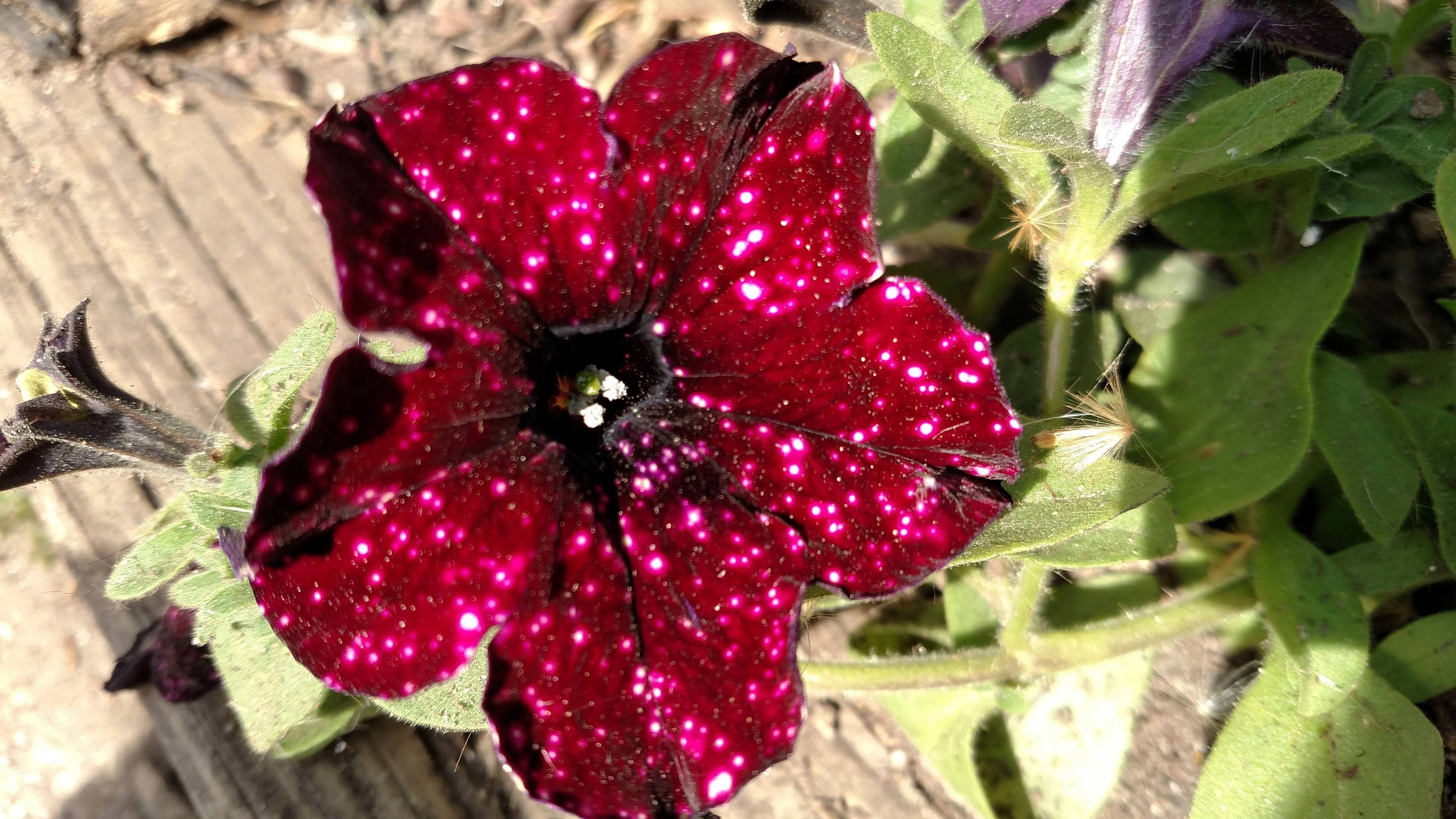
Galaxy flowers, despite being an annual plant, can survive for up to three years with proper care. There are a few things you can do to prolong the life of these beautiful blooms. Firstly, ensure that you take good care of Night Sky blossoms and provide them with the right conditions. Secondly, protect the plants from cold temperatures so that they retain their bright colors for the next growing season. If you choose to cultivate Galaxy flowers in your garden, it’s recommended to move the plants to pots and keep them in a greenhouse or covered areas like the garage. This will help shield them from harsh weather conditions. Finally, allow the flowers to grow indoors as a greenhouse plant before transplanting them outside for the spring season. With proper care and attention, you can enjoy the beauty of Galaxy Night Sky flowers for years to come.
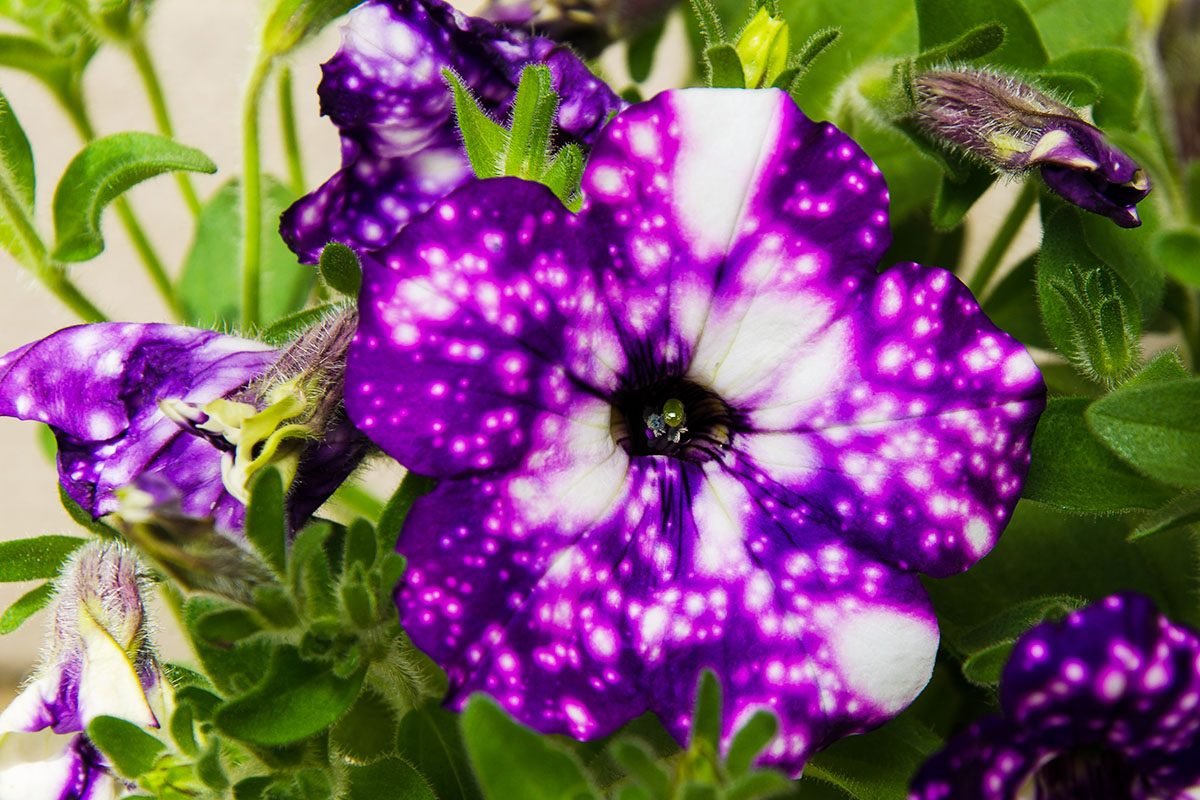
Cultivating these awesome blooms should be a breeze as long as you’re able to give them the right environment they require. Typically, you can plant most types in either indoor or outdoor settings, and they aren’t too picky when it comes to soil type. Let’s delve deeper into the particulars of growing Galaxy Flowers.
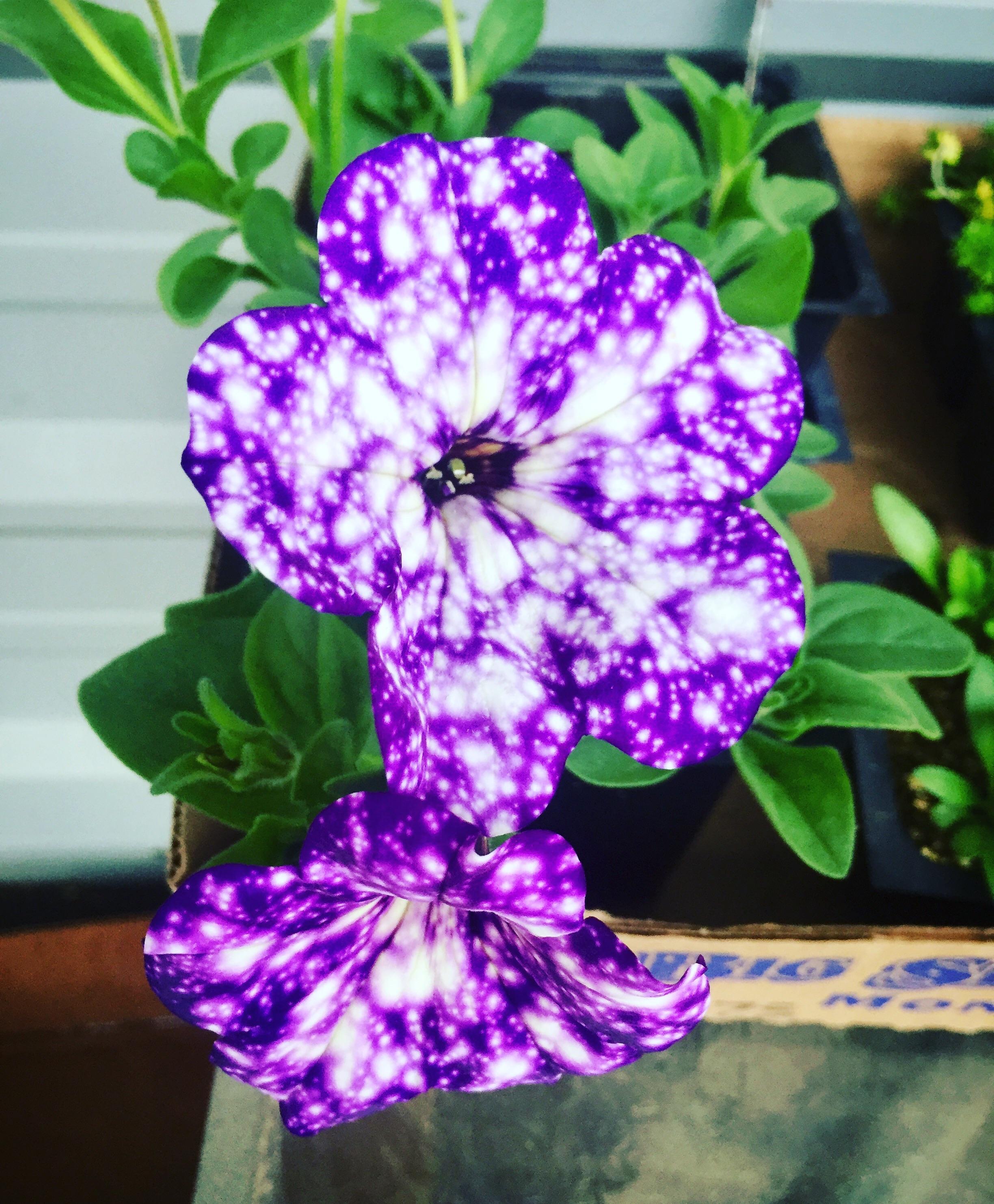
Before embarking on growing Night Sky flowers in your garden, there are a few important factors to take into account. These include the type of soil you’re working with – sandy or loamy is ideal. You’ll also want to select planting areas that receive plenty of sun, are moist and well-drained, and are rich in nutrients. In terms of soil pH, neutral, acidic or alkaline will work. Finally, these flowers require full sun exposure for at least 5-6 hours each day. It’s worth noting that seedlings should be handled with care and attention to ensure they grow healthily and produce vibrant blooms.
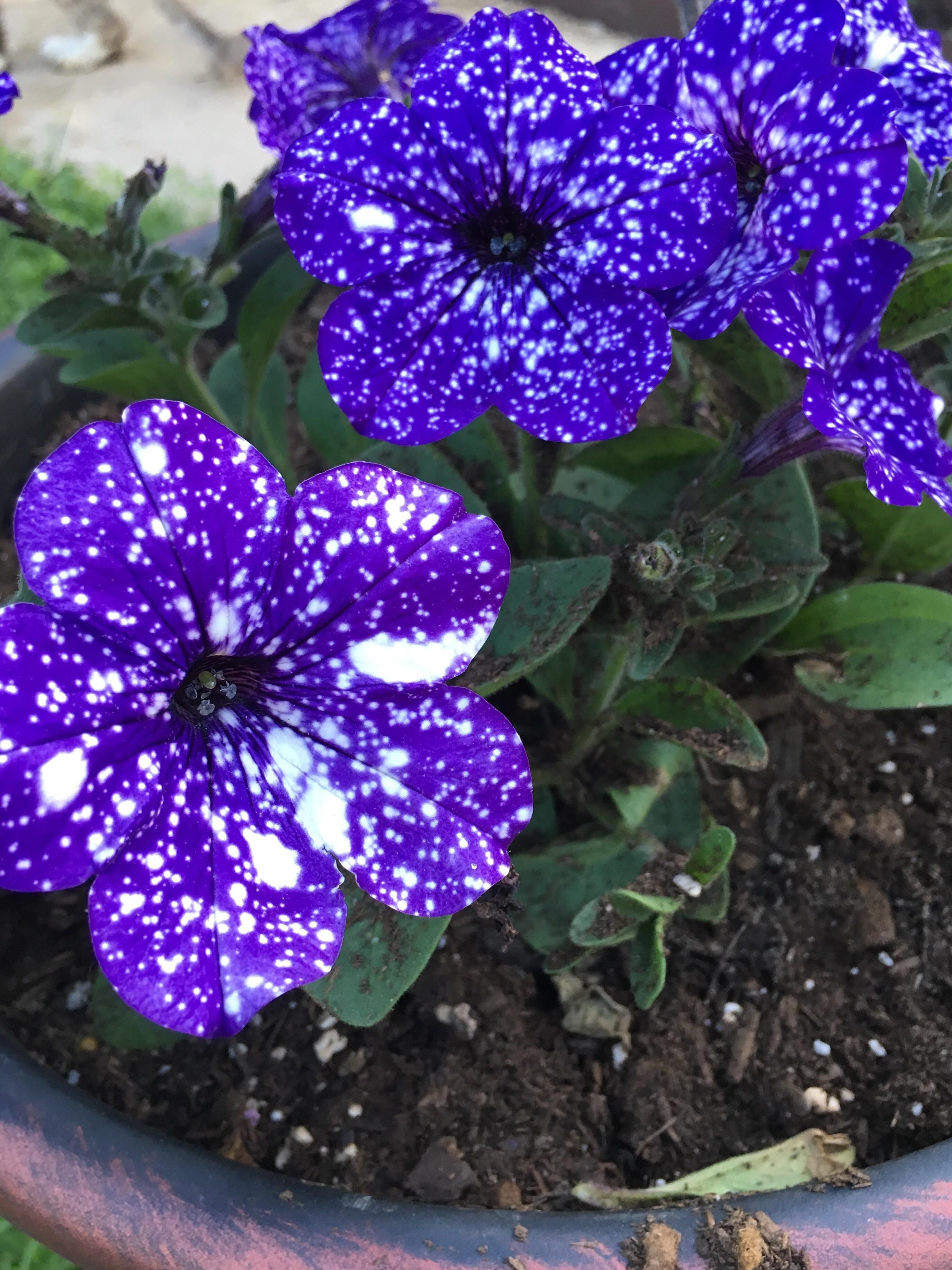
To grow Petunias successfully, it is recommended to start sowing the seeds indoors earlier. Once they have been growing for two months, they can be transplanted outside. If you are growing seedlings, make sure to use a seed starter kit without soil and gently press the seeds into the formula. After around two weeks, the seedlings should start to rise, and it is crucial to provide them with at least 16 hours of light per day. Use fluorescent lamps instead of incandescent bulbs to keep the plant healthy.
Once the seedlings have developed two sets of leaves, it is time to thin them out. After one month, it’s time to feed the plants with a starter solution to encourage healthy growth. Before moving them directly outdoors, introduce the young plants to outdoor conditions by placing them in a sheltered area outside for seven days. Protect the plants from direct sun and wind to prevent damage. At night, cover the plants when frost threatens or move them inside.
If you are cultivating potted plants in the garden, make sure to choose pots that are large enough to accommodate the plant’s roots. Ensure that the potting soil has good drainage and is suitable for the plant species. Provide the plants with adequate sunlight, water, and nutrients as required. Finally, ensure that the pots are placed in an area where they will receive protection from extreme weather conditions.
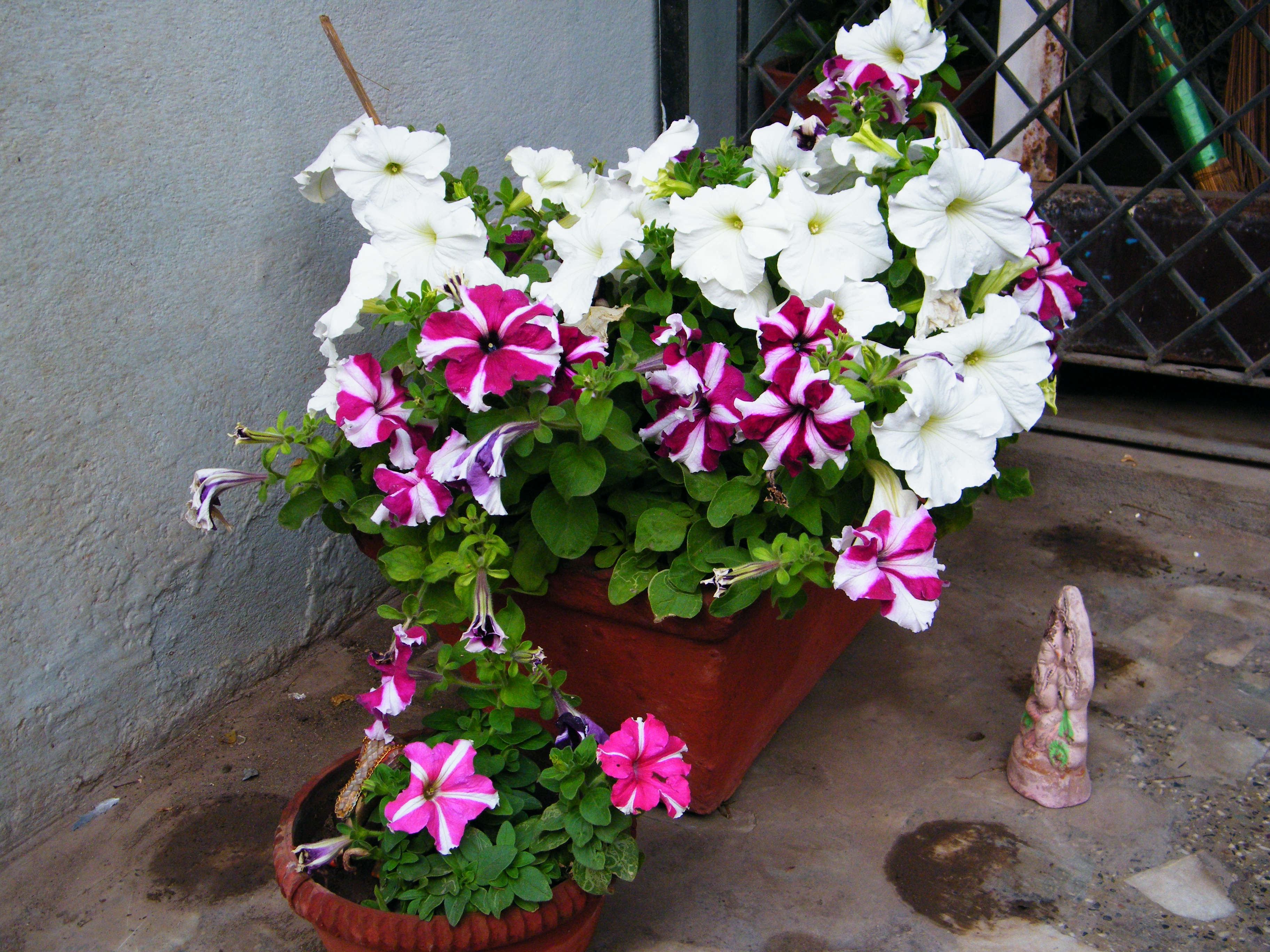
Once your plants have successfully undergone the hardening off process, they become stronger and more resilient. This makes it the perfect time to transplant them into your outdoor garden. Here’s what you need to do:
– Find a spot with plenty of sunshine, good drainage, and a humid environment.
– Clear any rocks or grass from the planting area before preparing the soil.
– Add compost or organic matter to the soil surface, or top it with mulch.
– Keep the plants spaced about 15-30cm apart to ensure adequate growth.
– Dig a hole for each plant that is large enough to accommodate the root ball.
– Cover the roots with soil up to the top surface, pressing down firmly with your hands.
– Water the plants regularly to keep them healthy and thriving.
If you’re wondering how to take care of your Galaxy Flowers after transplanting, it’s important to maintain a consistent watering schedule and give them plenty of sunlight. You can also consider using fertilizer or plant food to provide additional nutrients and encourage growth. By following these simple tips, you can enjoy beautiful, healthy flowers all season long.
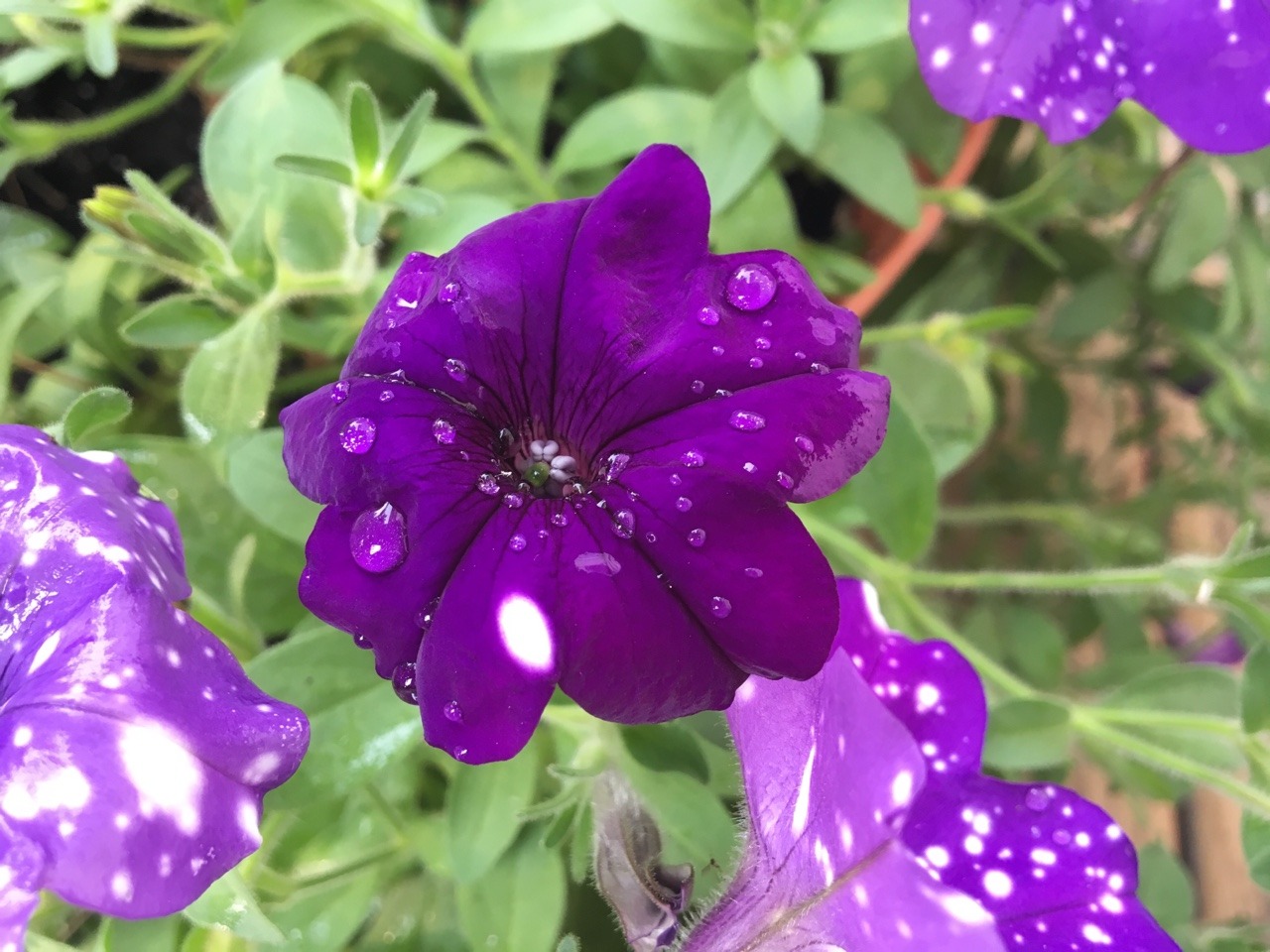
To ensure that your plants thrive and remain healthy, it’s important to carry out regular maintenance and pruning during the growing season. For outdoor cultivation, fertilize every three weeks to promote flower development. Keep up with trimming and deadheading as needed. Follow these steps to care for your Galaxy Flowers.
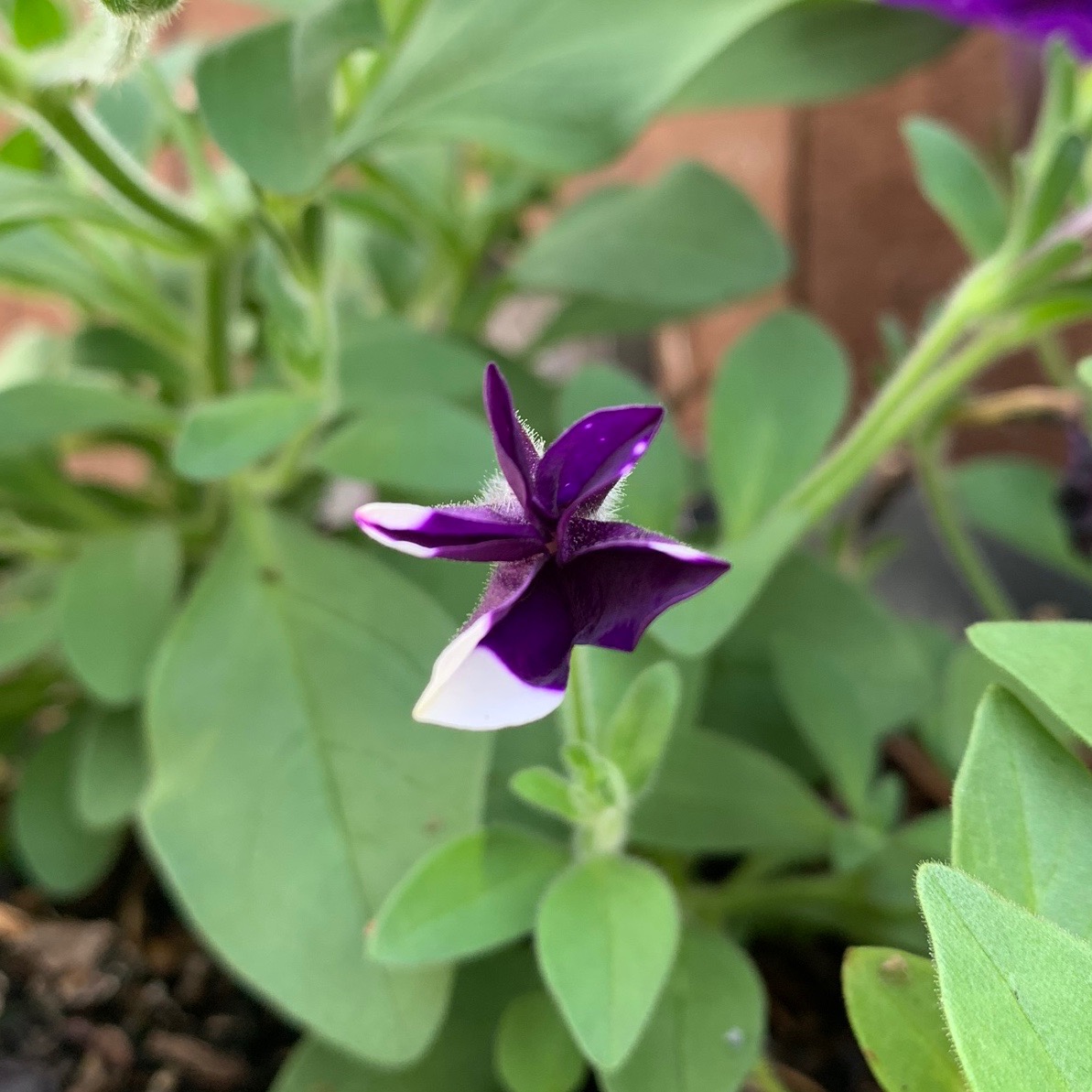
During the growing season, it is important to maintain certain elements and fulfill specific requirements. Here are some essential things to keep in mind:
– Weeds must be controlled since they can consume the plant’s nutrition, water, and space. Planting more frequently can prevent grass from germinating.
– Mulches can help retain soil temperature and humidity.
– Protect the stem from rot by covering with sawdust or any protective material.
– Use a rain gauge to monitor the plant’s water needs.
– To prevent health concerns, water Petunias using a trickle system or drip instead of overhead sprinklers.
– Keep Night Sky blossoms protected from hot sunlight and extreme wind.
– Allow for proper air circulation among plants.
– Pinch back shoots to promote compact growth and induce branching.
– Remove deadheads to encourage better and larger blossoms.
Additionally, it is important to have effective pest and disease control measures in place.
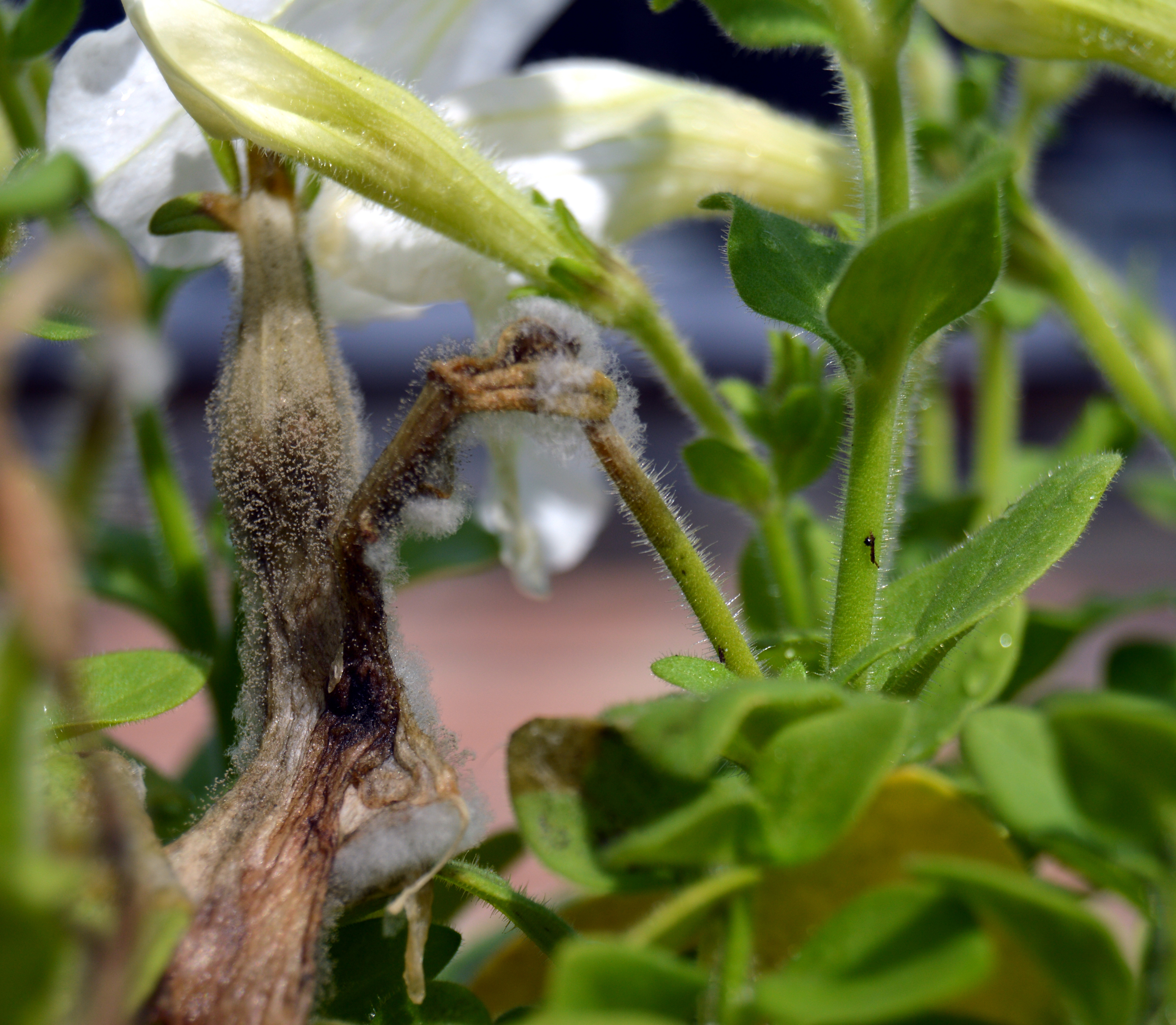
When caring for your Night Sky Blossom, it’s important to keep an eye out for various diseases and pests that could potentially harm the plant. Despite its seemingly sturdy exterior and ability to withstand neglect, these nuisances can still pose a threat to the overall growth and health of your Petunia.

Numerous pests can pose a threat to plants, including:
– Caterpillars: These worm-like creatures can cause damage by chewing on buds and leaves. They tend to hide in thick foliage, but can be removed by hand.
– Mites: This pest can cause leaves to curl and flowers to wither. Regularly spraying with neem oil can help control the problem.
– Thrips: The Galaxy flower’s color can be affected by this pest, which can also carry viruses.
– Other pests: Slugs, snails, aphids, leaf-mining sawflies, and glasshouse whiteflies are also common culprits.
In addition to pests, plants are also susceptible to a variety of diseases.

Here are some specific illnesses that can affect the growth of your Galaxy flower and some tips on how to prevent or treat them:
1. Botrytis Blight: This disease causes brownish-gray spores to grow on petals and leaves, leading to discoloration and spots. It often occurs in wet conditions, so make sure to reduce watering when you notice the signs. Additionally, prune any infected parts and throw away the debris.
2. Root Rot: Stems and crowns are also affected by this illness, which is caused by poor drainage or overwatering. The leaves wilt, and the stems soften even with routine watering. To prevent this, amend your drainage system and water less frequently.
3. Powdery Mildew: This problem arises when plants are obstructed by poor airflow in a confined space. It’s not caused by wet conditions, but rather by white spores that cover the leaves and flowers. Try using neem oil to treat it.
4. Viruses: Yellow spots, bullseyes, halos, and mosaics are typical symptoms of viruses affecting the Galaxy flower. Unfortunately, there’s no cure, but you can minimize the infection by being mindful when trimming the plants. Small insects usually carry the viruses to the Galaxy flower.
5. Verticillium Wilt: This illness weakens the plant, causing initial sections to die or older leaves to wither before the younger ones. To reduce fungal infection, expose the planting area to intense sunlight.
Follow these smart planting tips to keep your Galaxy flower healthy and thriving!
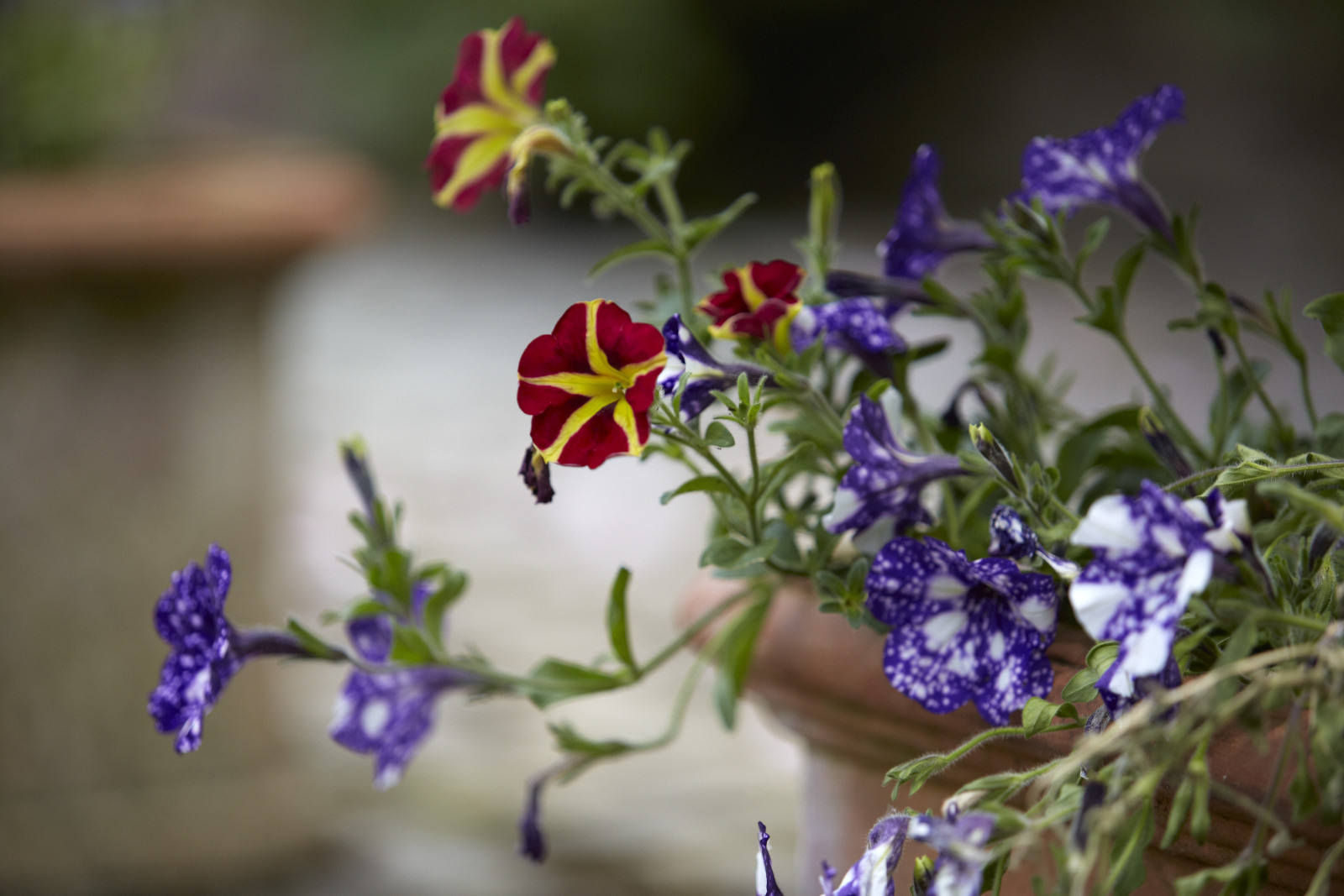
Growing the Galaxy flower can be a bit challenging at times, as it requires proper care and attention due to its sensitivity to environmental conditions. However, with a few tips and tricks, you can successfully cultivate this beautiful flower. To begin with, it is best to plant it in the colder months of spring. Depending on the temperature, the flower’s pattern will change, with more starry blotches appearing in colder temperatures, and more purple petals in warm conditions. Be sure to expose the plant to enough sunlight to encourage blooming, as low light may cause leggy growth. Also, avoid using soggy soil in the planting area and use 10-10-10 fertilizer for constant blooming. Starting seedlings in late February is optimal, but in most areas, mid-May or early-June is ideal. Watering should be done carefully to avoid waterlogging or any disease, while soil quality can be improved by adding iron. For an eye-catching display, consider hanging installations to hide unsightly spots around your house. Additionally, consider planting companion plants that go well with the Galaxy Petunia.
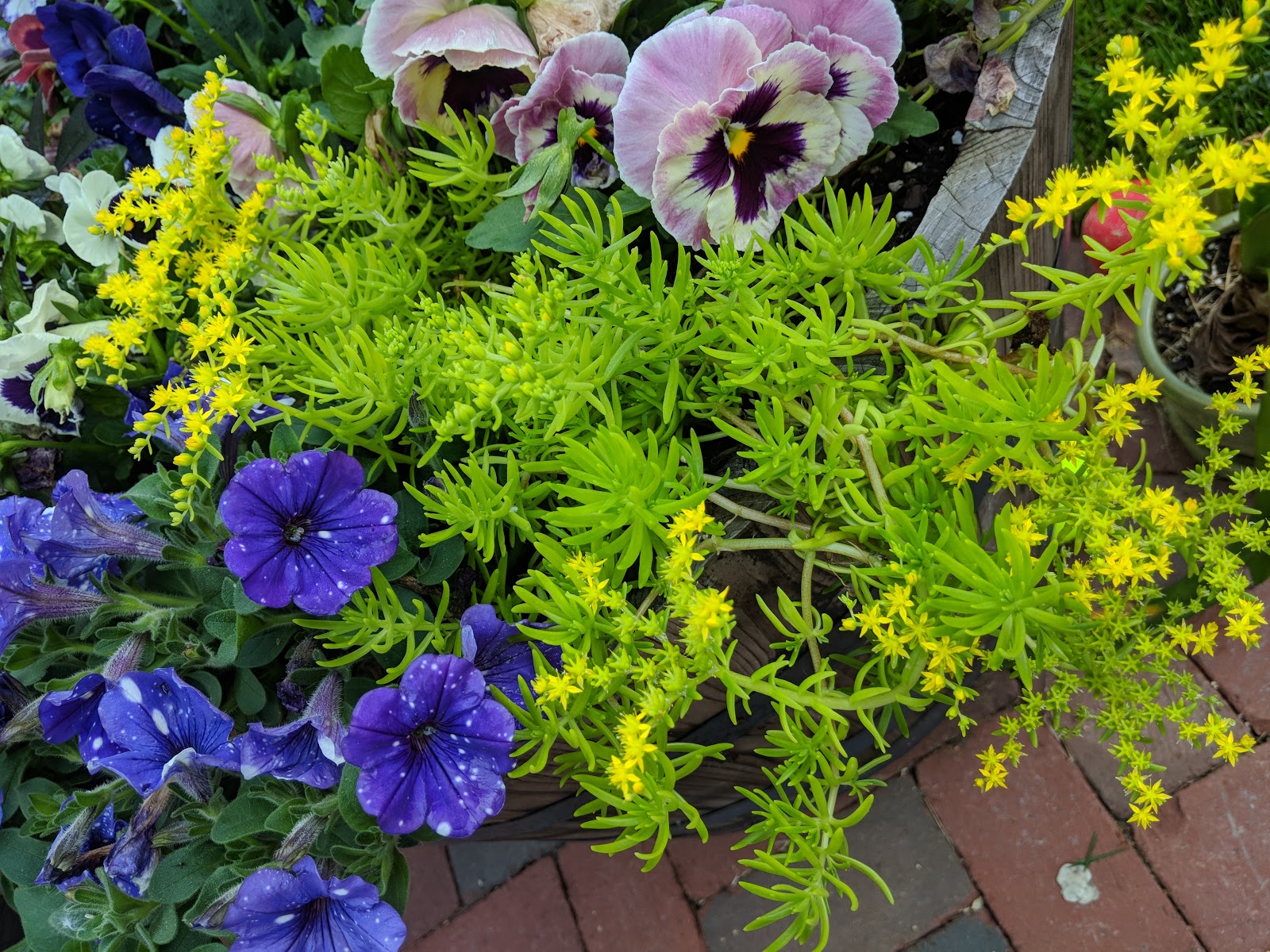
The Night Sky flower is a versatile plant that can thrive in various growing media, including raised beds, containers, hanging baskets, and pots. Its vibrant hues and white splashes make it an excellent companion for other plant species, including vegetables and herbs. To create an attractive display, consider combining the Galaxy flower with other plants in smart ways, such as planting different types of small Petunias in a hanging basket or choosing taller flowers to display behind the low-growing Night Sky blossoms in a raised bed. Additionally, it is best to select plants that will provide season-long enjoyment and balance the vigorous growth of the Night Sky flower. Some great companion plants include candytuft, Lupines, Iris, Allium, Red Salvia, Black-eyed Susan, Daisies, Snapdaons, Bright Blue Lobelia, Delphiniums, and Orange Dwarf Zinnias. For hanging baskets, Calibrachoa, Verbena, and Bacopa are excellent choices. Ultimately, the Galaxy flower is a beautiful addition to any garden, offering a cosmic spark to both outdoor and indoor spaces.
